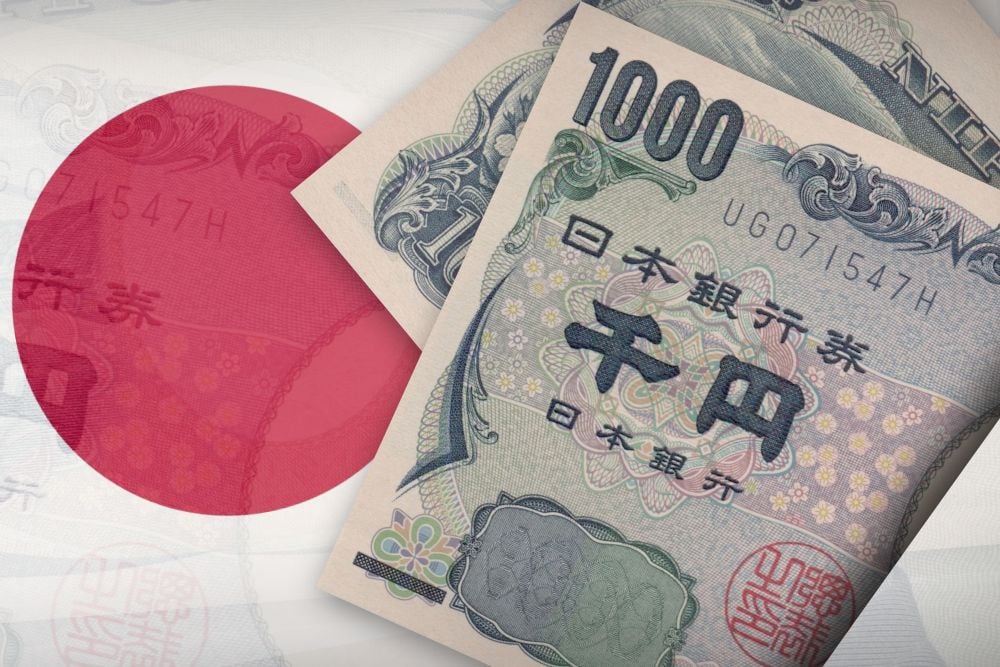This is ominous. It might be, in the case of G3, that markets are waiting for the Treasury market price action to make its presence known once Donald Trump has been inaugurated as President of the United States. It may also be that Chinese onshore investors are keeping their powder dry until the conclusion of the Lunar New Year holiday. Nobody knows for sure.
But there is no doubt we are starting the western calendar New Year, with the fear of the great unwind in debt products, finally materializing after years of yield and spread distortion. China’s debt markets are located in a realm of simmering fear. Not only is there the foreboding that debt at local government level, and within the shadow banking sector, will finally implode, but there is the fear that, against a backdrop of falling Chinese gross national product, Donald Trump’s sabre rattling towards China’s trade position with the United States will prove more than a bellicose piece of posturing.
As far as G3 is concerned, I would argue that potential issuers should have simply grasped the nettle and got on with issuance, for it seems to me that in absolute yield terms, issuers will pay the price for waiting to come to market. Any shock from China’s capital markets, such as we saw inflicted on G3 primary a few years ago, when the country roiled markets with its rapid devaluation of the renminbi, will force new issuance spreads wider, to say nothing of the underlying US Treasury benchmarks that they are priced against, which appear to be in a secular move northwards in yield terms.
China will be the focus of primary debt markets globally this year, not just because the country’s trade practices - just for starters - are on Donald Trump’s radar screen, but because the Ponzi-like nature of much of what has happened in China’s debt market since the Global Financial Crisis, threatens to unravel.
For the first evidence one looks to China’s domestic corporate bond market, which has been effectively shut for primary business for about a month in terms of deals launched via the stock exchange, barring just one issue for a commodity company. The interbank market has also seen new issuance shrivel versus performance over the past decade.
And there is also an unfolding scandal at a brokerage firm, Sealand Securities, linked to repurchase agreements and debt, apparently issued under forged indentures.
The worry as far as China’s issuers are concerned, is that windows of opportunity for refinancing may be slammed shut, not only onshore but offshore as well. If they are forced to offer much higher premiums for the privilege, then it would appear that the long-awaited rot in China’s onshore debt markets is already setting in.
Jonathan Rogers is contributing editor of The Asset









